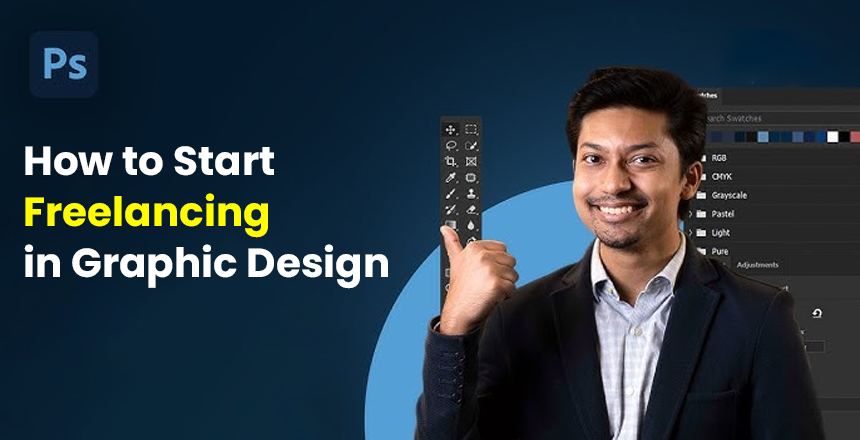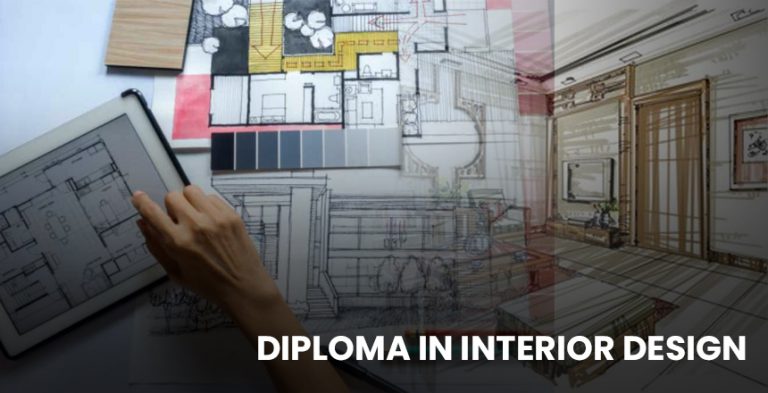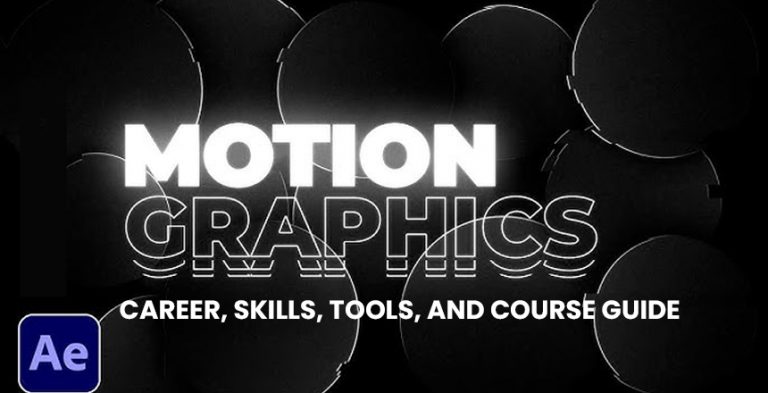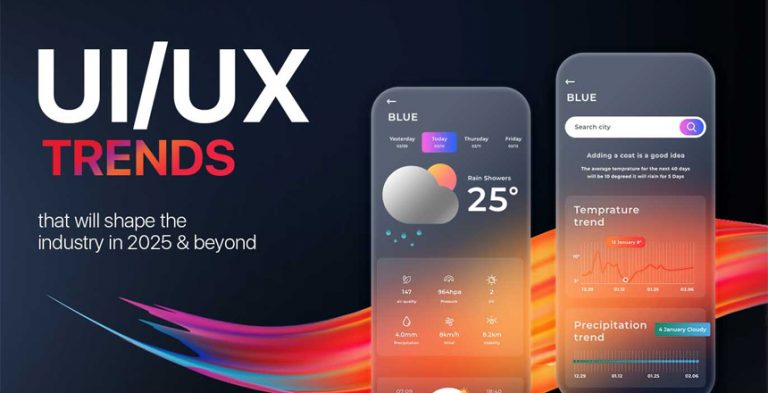Graphic design is one of the most thrilling methods to develop a flexible and creative career by freelancing. In the modern visual-first digital age, a business is never satisfied with the same designs, logos, social media, and branding kits, and packaging, etc. Freelancing may be the optimal choice in case you are highly designed and decide to work in accordance with your own schedule. However, turning aspiring designer to a paid freelancer requires more than talent, it requires planning, perseverance and a mind frame.
Are you in a place where you want to take the plunge? Fortunately, it is done, so here is a step-by-step guide that would hopefully help you to start off your freelance graphic design career in the correct way.
1. Ignite Your Designer Skills First
The most important thing is that you do not go anywhere without solid graphic design skills. There is an expectation of professional work even when you are new. Begin with learning such software as Adobe Photoshop, Illustrator, and InDesign. Figma, Canva, or Affinity Designer are also worth being checked depending on your niche and style.
You will develop online courses, tutorials on YouTube and practical practices. Repackage iconic logos, design phony social marketing, or design branding packets of fictitious businesses. The drills will secure your creative thinking and technical deliveries.
2. Make a Portfolio to Describe Your Story
Your portfolio can be called the visual resume. Its goal is to demonstrate to prospective customers what you can do. It does not matter whether you have the paid work experience or not, you can mention personal works, class works, or concept works.
Major on presenting 6-10 powerful projects denoting your style, ability, as well as versatility. Select the job of what you desire to be employed in. Provide short descriptions of each project; the idea, tools and your design idea. You could utilize such websites as Behance, Dribbble, or even a regular site with solutions such as wix or squarespace.
3. Pick a Niche and Specify Your Services
Rather than selling all things design, think of going small. Are you more fond of branding and logos? Are you an Instagram template or a YouTube thumbnail designer? Choosing a niche will enable you to stand out in a very competitive market where you appear as a specialist.
Determine your services after knowing your niche. As an example, sell a service such as the one called, “Logo & Brand Identity Design for Small Businesses” or “Custom Instagram Posts for Coaches & Creators.” Particular service descriptions allow the clients to have an idea of what they contract you over.
4. Creating Your Online Presence
Your digital store front is your tourist site presence. The first thing is a professional portfolio web site where you will present some of your work, company biography, and listing of services plus contact information. There is a little extra credibility that comes through a domain name that has your brand in it such as yourname.design.
That is not enough. Create regular accounts on LinkedIn, Instagram, and in such places as Fiverr or Upwork. Make your bios fresh, directional and in line with your services. Present samples of what you do, testimonials (those you have) and pieces on what happens behind the scenes so that prospective clients can develop trust with you.
5. Work Out Your Pricing Strategy
Pricing is probably one of the most widely spread problems of novice freelancers. The first step is to do some research to understand how much other designers charging in your niche are asking. You have to decide to charge on an hourly basis, perhaps on a project basis or even selling fixed-price packages.
Be clear with your clients on what they are getting on every package concepts, revisions, file format as well as turn around time. It is not wrong to take pride in your expertise and time. It may result in burnout and frustration because your work is underestimated. Once your portfolio and experience increases, you may slowly increase your prices.
6. Begin the Search of Your Initial Clients
Initiative is required to get clients the first time. Just begin with who you know first, your friends, family, classmates or the family businesses at least in your area may require some design assistance. Another thing that you can do is to provide discounted or free work temporarily in return of testimonials and portfolio work.
Enter Facebook groups and online forums to get in touch with entrepreneurs or join freelance platforms, such as Upwork, Freelancer, and PeoplePerHour. Paying attention to any job listing is one thing but pitching yourself using a familiar greeting note, a few examples of your work and a clear picture of how you can visually represent their brand is a completely different ball game.
7. Provide Quality work and be communicative
When you have landed a project, aim at doing your best. Quality of your designs is as important as communicating as it should be. Whenever possible, clarify the brief, update your client and always deliver on deadlines.
Submit your last files in well arranged, neat folders in various formats (PNG, JPG, PDF, vector files). Part with little extras, such as social media mockups or brand usage guides, which seem to be more valuable and create a great impression.
8. Get Feedback and Credibility Gain
The client who has got satisfaction can assist you in expanding your brand. Once a project has succeeded, request a review or testimonial, politely. Ask them to review your site or freelancers accounts and use that as social evidence.
Client references and testimonials as well as word-of-mouth referrals tend to get more jobs. The better you finish the projects the more reputable you get.
9. Never Stop Learning and Development
The design sector is continuously developing itself. There is a new trend, tools and styles which appear; they never stop. Learn more and keep yourself informed through design blogs, tutorials, and by trying out new skills.
Another thing that you can do is learn other skills such as motion Graphic Design, UI/UX design or branding strategy to expand your services and earn more.
concluding remarks: Becoming Creative
Becoming a graphic designer as a freelancer is not limited to acquisition of customers, but it entails establishing a brand, offering value, and consistency. It might be a long and painful process, but it is definitely worth it because of the odd mixture of freedom and creativity with freelance.
Now is a good time to begin doing design as long as you love it, or are willing to learn. Share what you write, find your audience and take the initial baby step to have a career and make it your own.








